Optimal Seasons for Foundation Repairs
Foundation repairs are most effective when performed under optimal weather conditions. The ideal time varies depending on climate and soil conditions, but generally, dry and moderate temperatures facilitate better repair outcomes. Repair work during seasons with minimal moisture fluctuations can help prevent further foundation movement and ensure the longevity of the repair.
Spring offers moderate temperatures and longer daylight hours, making it suitable for foundation work. However, excessive rain can delay projects.
Summer provides warm and dry conditions, ideal for foundation repairs. Be mindful of high humidity and heat, which can affect materials and curing times.
Fall can be suitable due to cooler temperatures and less rain, but early frosts may limit certain repair activities.
Winter is generally less ideal due to freezing temperatures and snow, which can hinder excavation and curing processes.
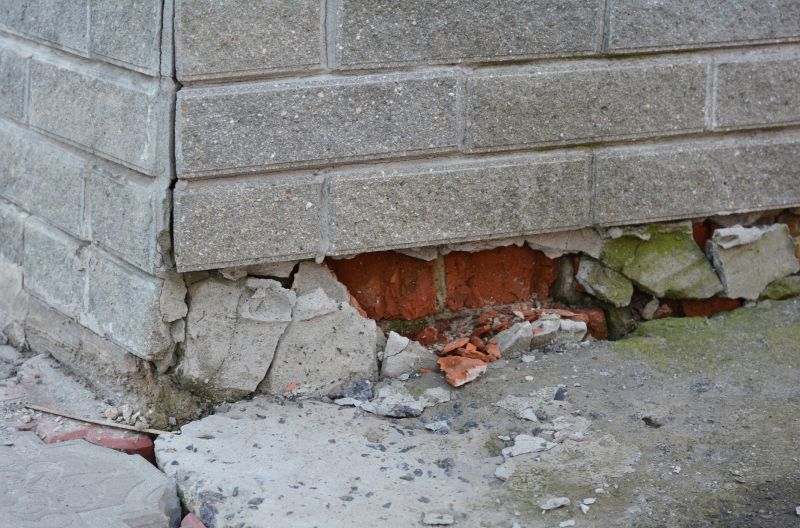
Spring repairs benefit from moderate weather, reducing delays caused by rain or extreme heat.
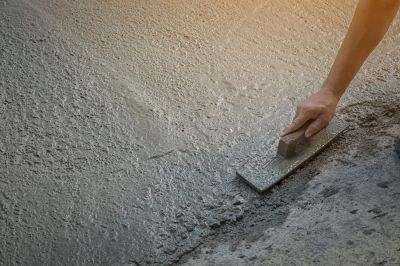
Summer conditions support effective repairs, especially in dry, warm weather.
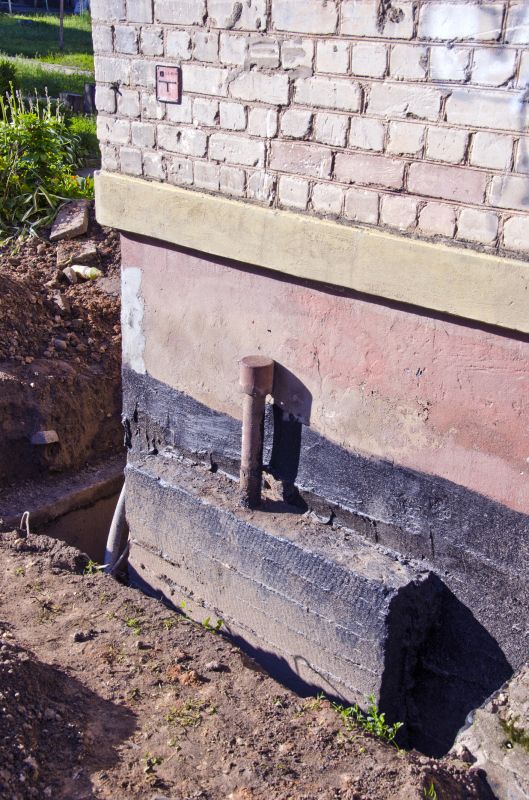
Fall offers cooler temperatures with less precipitation, suitable for foundation projects.
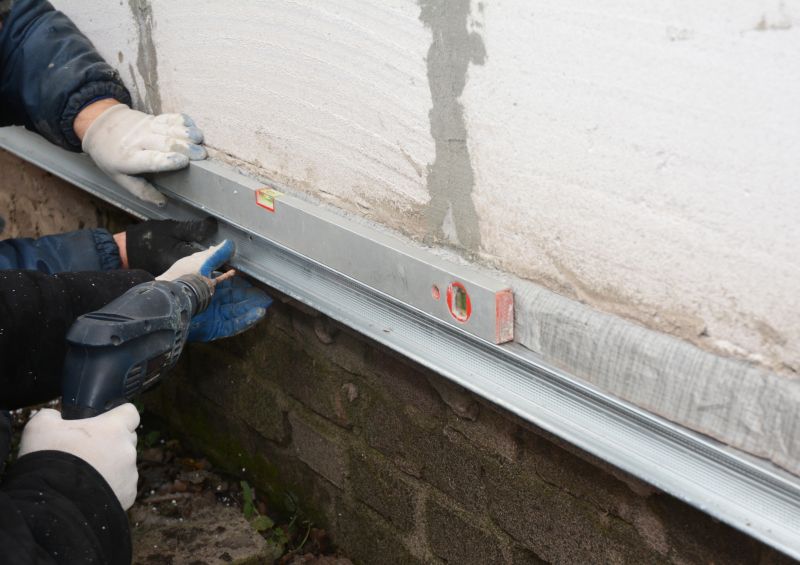
Ways to make Foundation Repairs work in tight or awkward layouts.

Popular materials for Foundation Repairs and why they hold up over time.

Simple add-ons that improve Foundation Repairs without blowing the budget.
| Season | Optimal Conditions |
|---|---|
| Spring | Moderate temperatures, longer days, potential rain delays |
| Summer | Warm, dry weather, high humidity considerations |
| Fall | Cooler temperatures, less rain, early frosts |
| Winter | Freezing temperatures, snow, limited excavation |
Foundation repairs are vital for maintaining structural integrity and preventing further damage. Soil conditions, weather patterns, and seasonal temperature fluctuations influence the timing and success of repair projects. Properly timed repairs can reduce costs and extend the lifespan of the foundation, minimizing future issues. According to industry data, addressing foundation problems early can prevent costly structural repairs and improve property value.
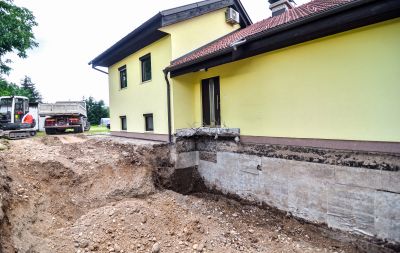
A typical foundation repair involves assessment, excavation, stabilization, and backfilling.
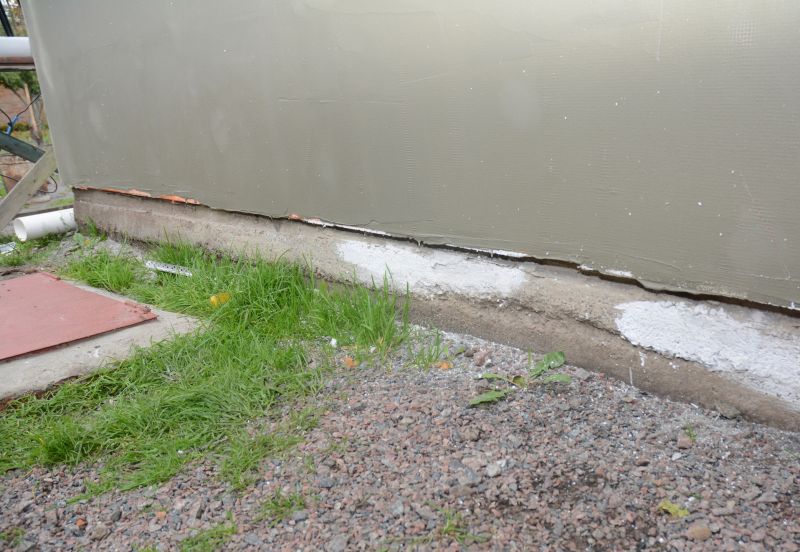
Cracks can indicate shifting or settling that requires immediate attention.
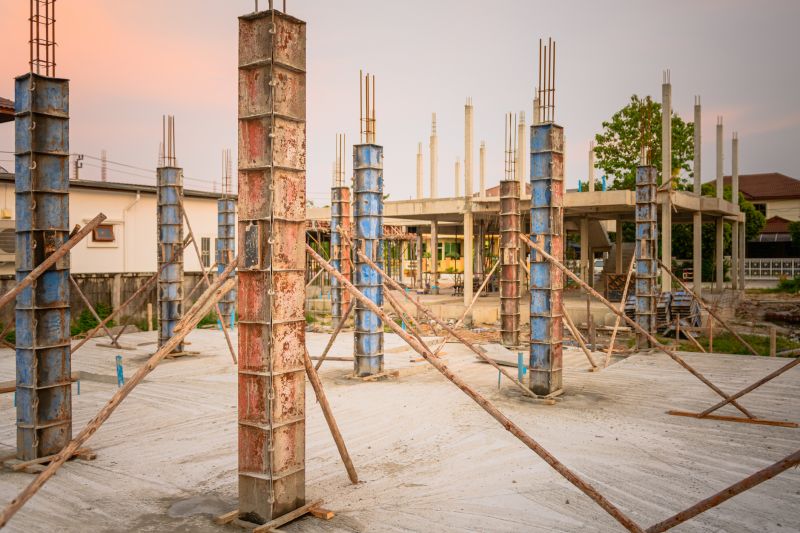
Pier and beam systems are often reinforced during foundation stabilization.
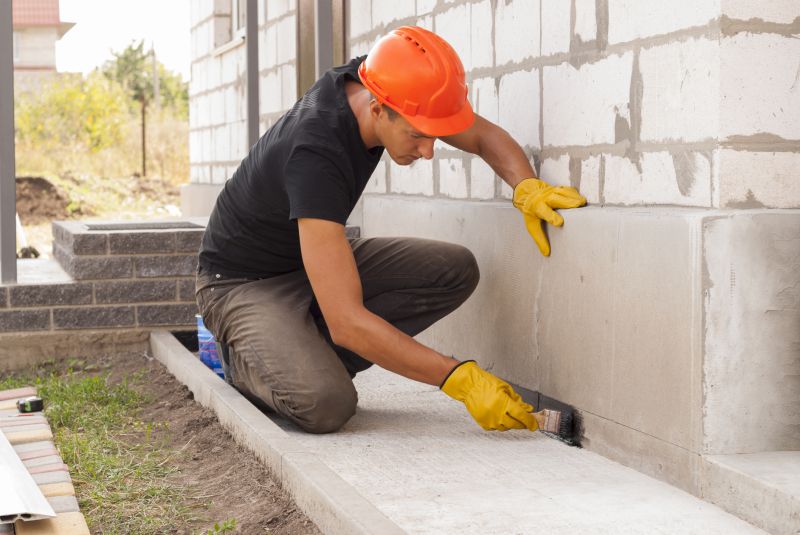
Soil stabilization techniques help prevent future foundation movement.
Interested property owners in North Liberty, IA, can consider scheduling foundation repairs during favorable seasons to ensure the best results. Proper timing, combined with professional assessment, can significantly enhance the durability and safety of a building's foundation. Filling out the contact form can provide access to expert evaluations and tailored repair solutions.

